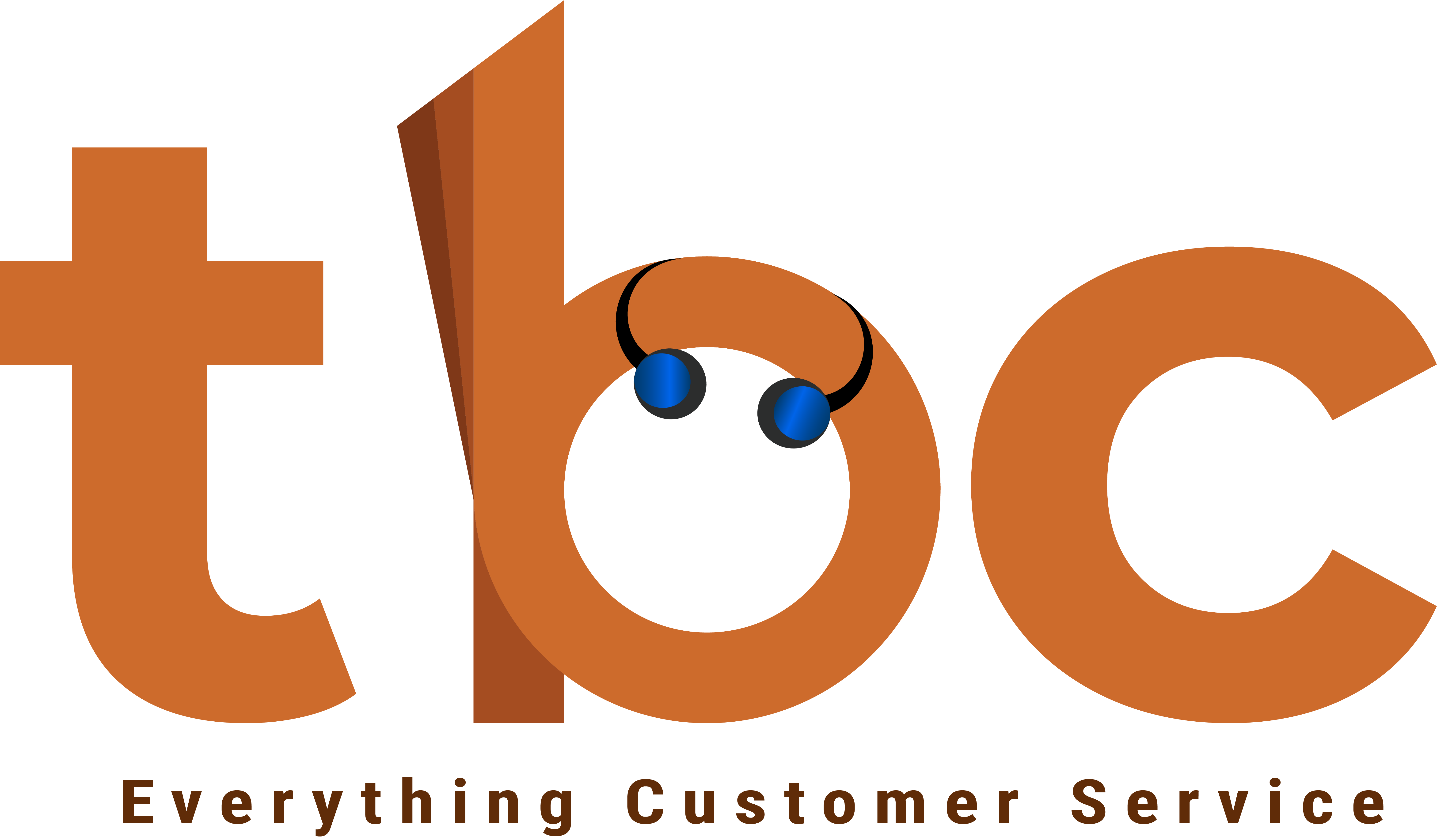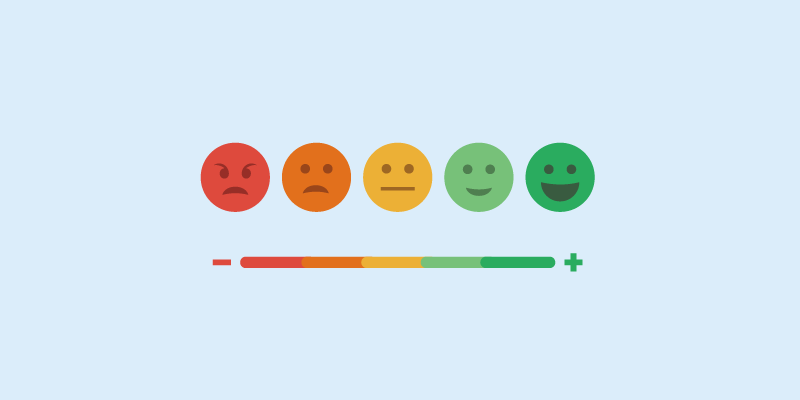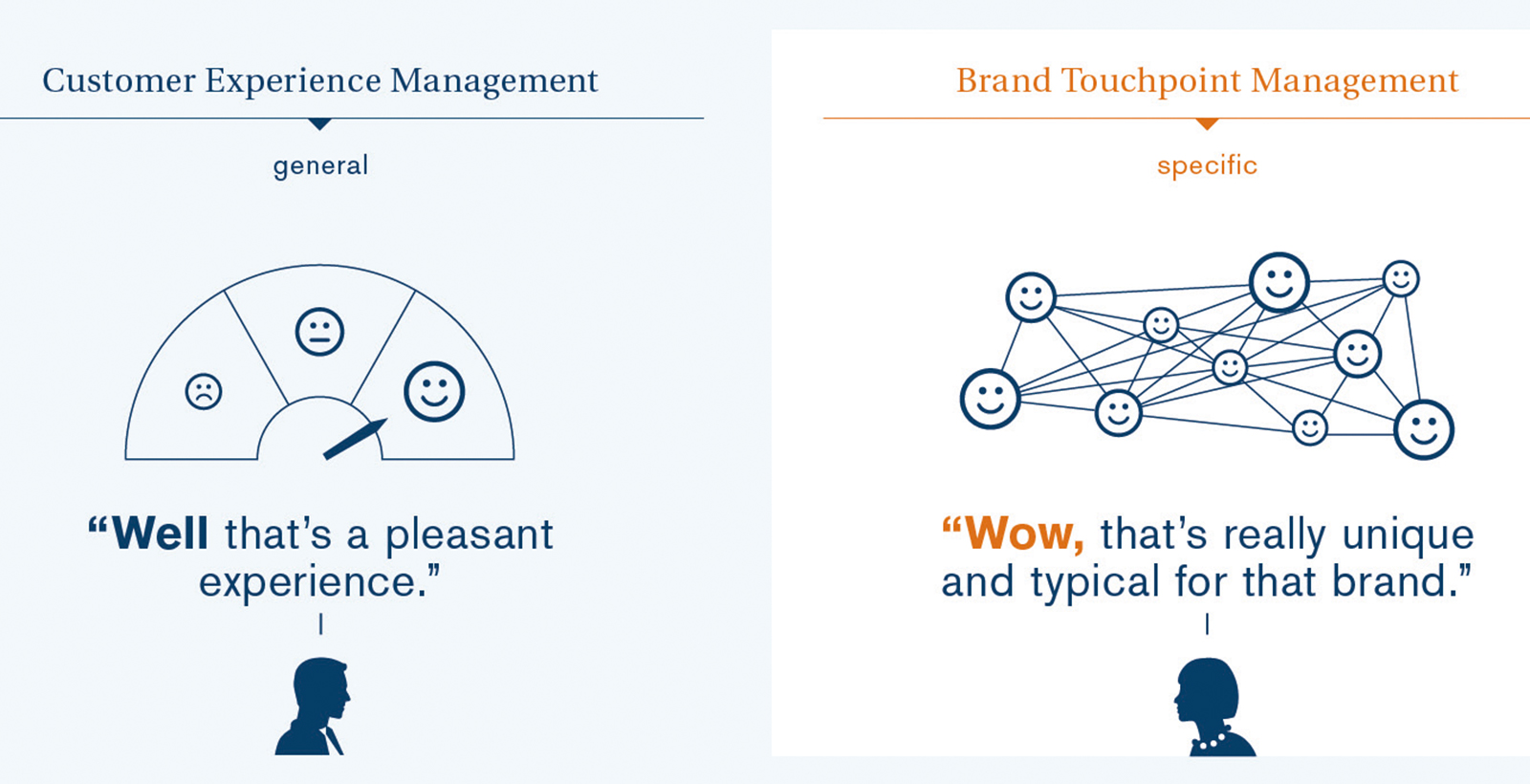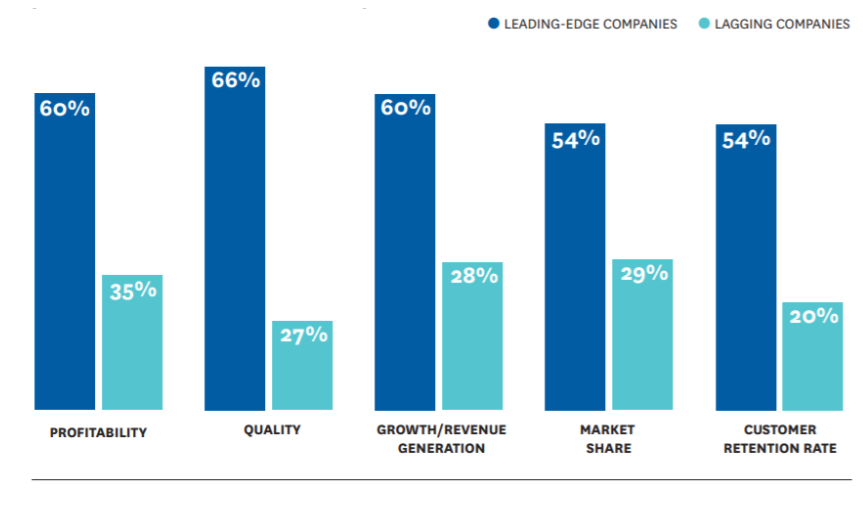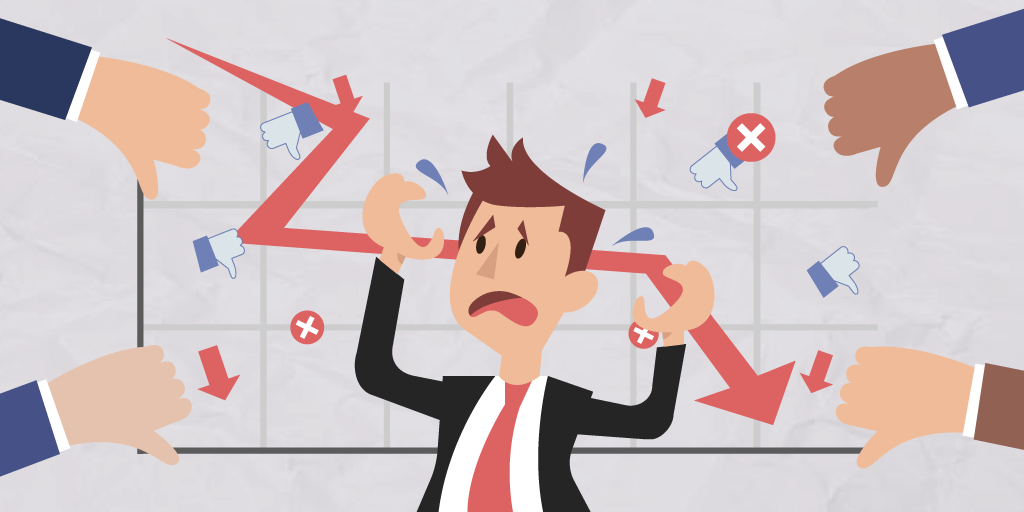Focus on the ‘C’ word in Customer Service
I want to bring your attention to two statements that I keep hearing about customer service.
- Customers do not have a choice when it comes to customer service.
- Customer service is a big-ticket cost item, and we are looking at ways to reduce the cost impact.
Having been in the customer service industry for close to a decade, I keep thinking, how wrong can these statements be?
To be successful in business, you need paying customers. Why would you not treat them the way they want to be treated?
Let us try and answer this question and see how it relates to the two statements.
Customer retention vs. customer acquisition
It costs five times as much to attract a new customer than to keep an existing one. It is a well-established fact that 44% of the companies are more focused on customer acquisition, while only 18% focus on retention.
The reason behind the focus on customer acquisition is that most organizations are sales-driven. The first rule for any business will be to retain customers and build a loyal relationship with them, thereby avoiding high customer acquisition costs.
Every organization should look at the lifetime value of a customer and base all their customer service decisions on that.
The critical factor in ensuring customer loyalty and retention is the customer service that you provide.
Given this, why would you not offer the choice to the customer, or why would you not spend a small portion of your customer acquisition cost in servicing your existing customers.
Cost of servicing a customer
The highest cost in customer service is the workforce cost. This is what every organization wants to cut down, and hence they move towards automated customer service options. Therefore, they say that customers don’t have a choice when it comes to customer service.
Companies have already cut down their workforce by more than 80% in the last ten years. They have replaced the voice agents with IVR, self-service apps, and chatbots.
While this is a welcome move by customer service functions, the fact that the customer does not have an easy choice to reach a voice agent is killing customer satisfaction.
This has the potential to result in a lot of customer churn. 76% of the customers are always looking to change their service provider, for lack of excellent customer experiences.
Read more: Personalized Customer Experience
Imagine…
Imagine a situation where you as an organization bucket all your customer service requests in the last year.
You can quickly identify the ones that self-service apps can address. Let us assume that it amounts to about 40% of your requests.
You can address a sizeable number of queries using your chatbots. Let us assume that it amounts to about 40% of your requests.
Your website FAQs and HOWTO videos can address, say, 5% of customer queries.
Now, you are left with 15% of queries that need to be addressed by your live agents. Sweet, and your live agents can handle this.
Also, there would a segment of your customer base that may not have the necessary knowledge to access self-service apps, chatbots, or websites. They can be provided the choice to reach out to live agents at the first instance.
Wouldn’t this be the holy grail of every customer service function?
